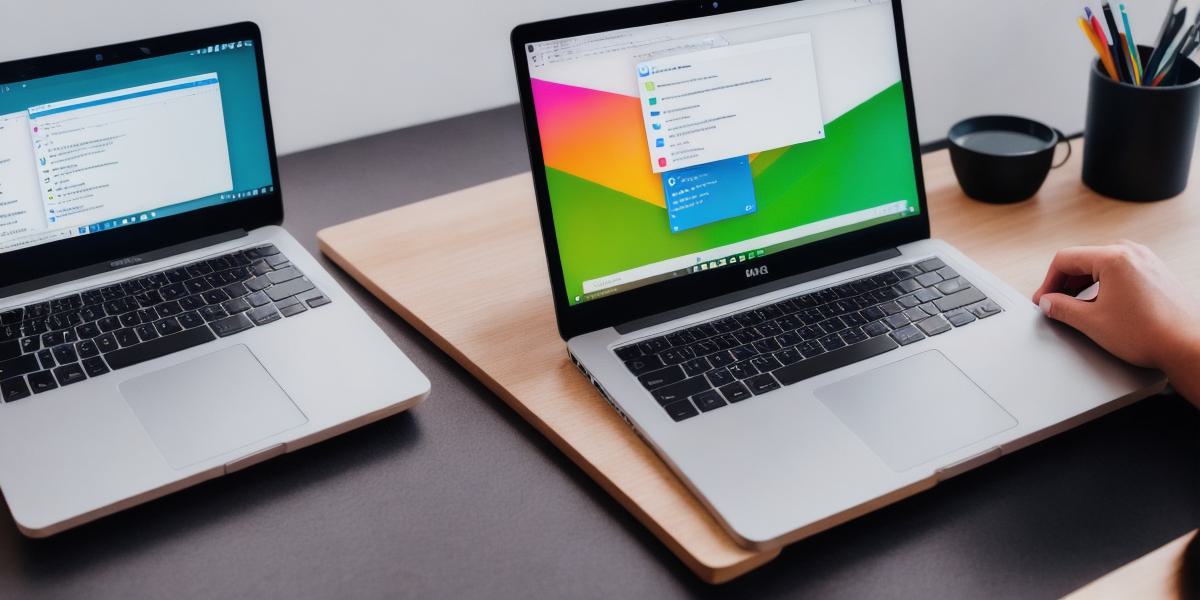Are you a budding app developer looking to create your first Android application? Do you want to learn how to develop engaging and user-friendly apps that can reach millions of people around the world? Look no further! In this article, we will provide you with a comprehensive guide on how to get started with Android development, including tips and tricks for optimizing your app’s SEO, improving its usability, and ensuring its success.
Why Choose Android Development?
Android is the world’s most popular mobile operating system, used by over 2 billion people around the globe. This means that by developing an Android application, you have the potential to reach a massive audience and make a real impact in the world.
In addition to its popularity, Android development offers numerous advantages for app developers. For example, Android is open-source, which means that anyone can access and modify the code. This allows for a more collaborative and community-driven development process, as well as greater flexibility in terms of what you can do with your app.
Android also offers a wide range of tools and resources for developers, including the Android Studio integrated development environment (IDE), which makes it easy to create and test apps, as well as access to a vast library of pre-built components and libraries that can save you time and effort.
Getting Started with Android Development: A Step-by-Step Guide
Now that we’ve covered the reasons why Android development is worth considering let’s dive into how to get started. Here are the steps you need to follow:
- Install Android Studio
The first step in getting started with Android development is to install Android Studio, the official IDE for Android app development. You can download it from the official Android website or from the Google Play Store. Once installed, open Android Studio and create a new project.
- Choose Your App’s Purpose
The next step is to decide on the purpose of your app. What problem does it solve? What need does it fulfill? By answering these questions, you can ensure that your app is focused and provides value to your users.
- Design Your User Interface
Once you have a clear idea of what your app should do, it’s time to design its user interface (UI). The UI is the first thing users will see when they open your app, so it’s crucial that it’s engaging and easy to use. Consider using a mobile-first approach, where you design the app for smaller screens first, then scale it up for larger devices.
- Develop Your App
With your UI designed, it’s time to start coding. Android development uses Java as its primary programming language, but you can also use Kotlin, which is a more modern and concise alternative. Start by implementing the basic functionality of your app, then gradually add more features and complexity.
- Test Your App
Once your app is developed, it’s crucial to test it thoroughly to ensure that it works as expected. Use both automated and manual testing methods, including unit tests, integration tests, and user acceptance testing (UAT). Don’t forget to test your app on different devices and operating systems to ensure compatibility.

Optimizing Your App’s SEO
Now that you’ve created your app, it’s time to think about optimizing its search engine rankings (SEO). Here are some tips for improving your app’s SEO:
- Optimize Your App’s Metadata
Metadata is the information that appears on the app store listing, including the title, description, and keywords.
